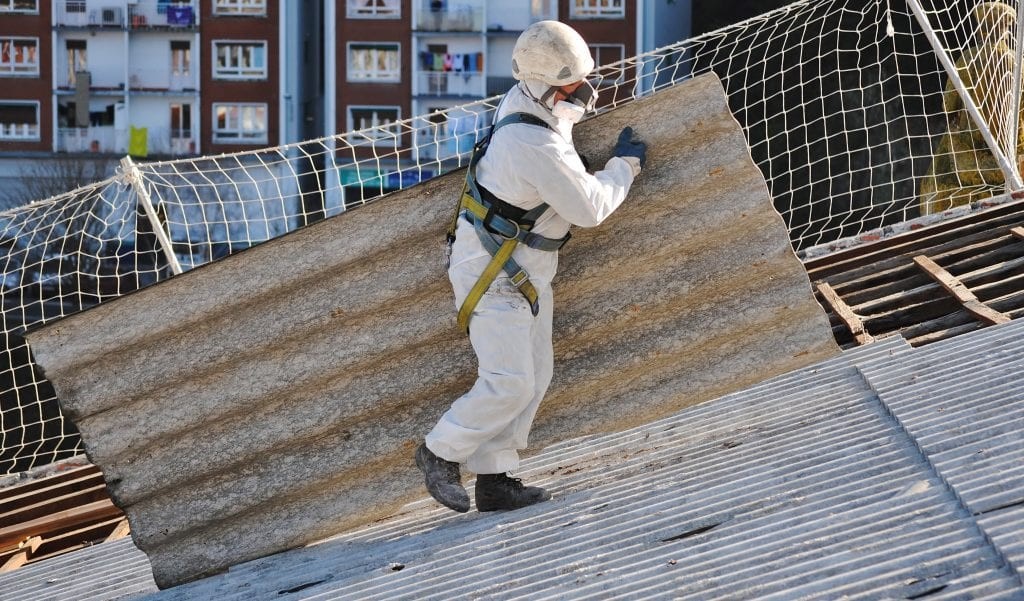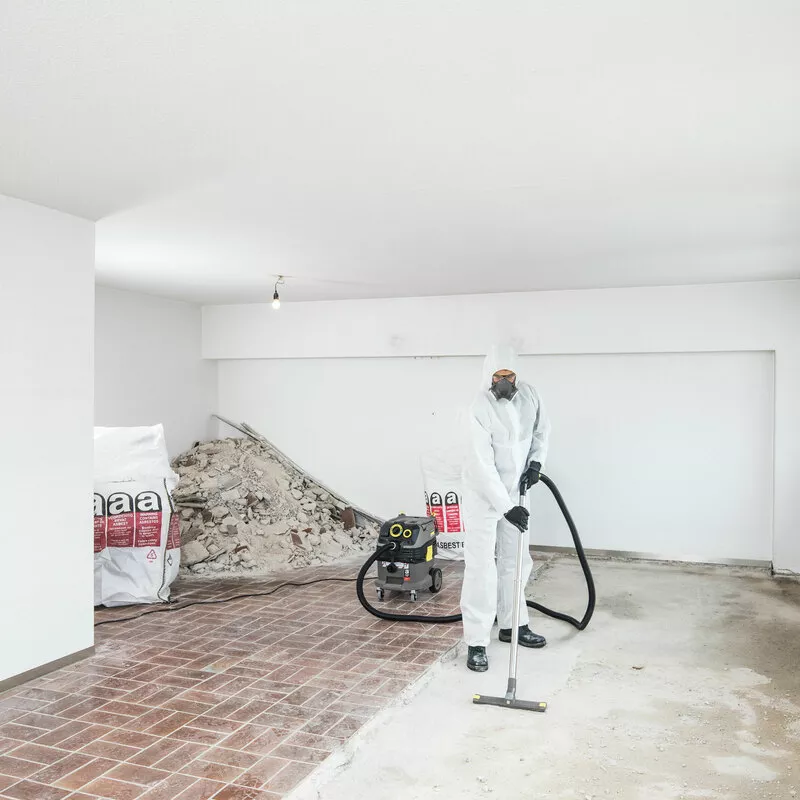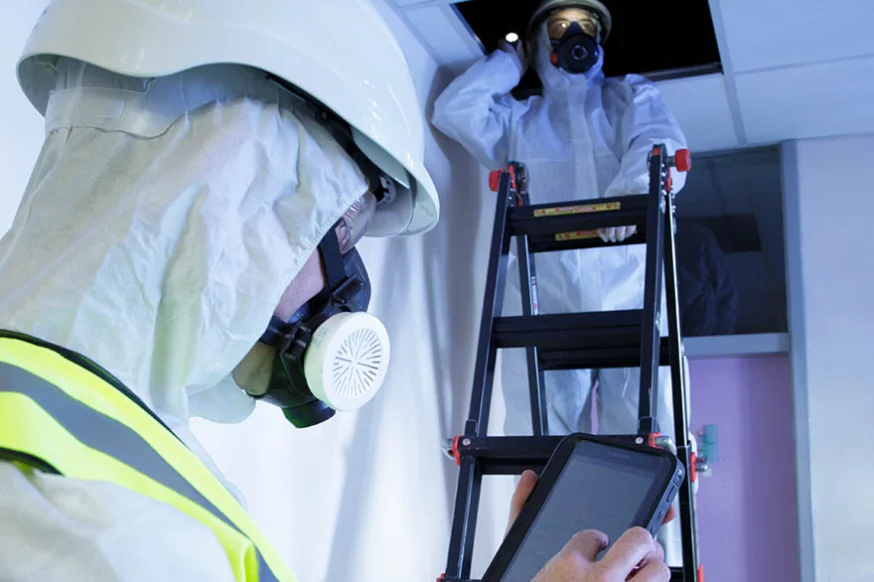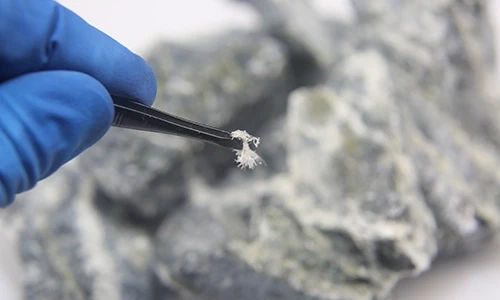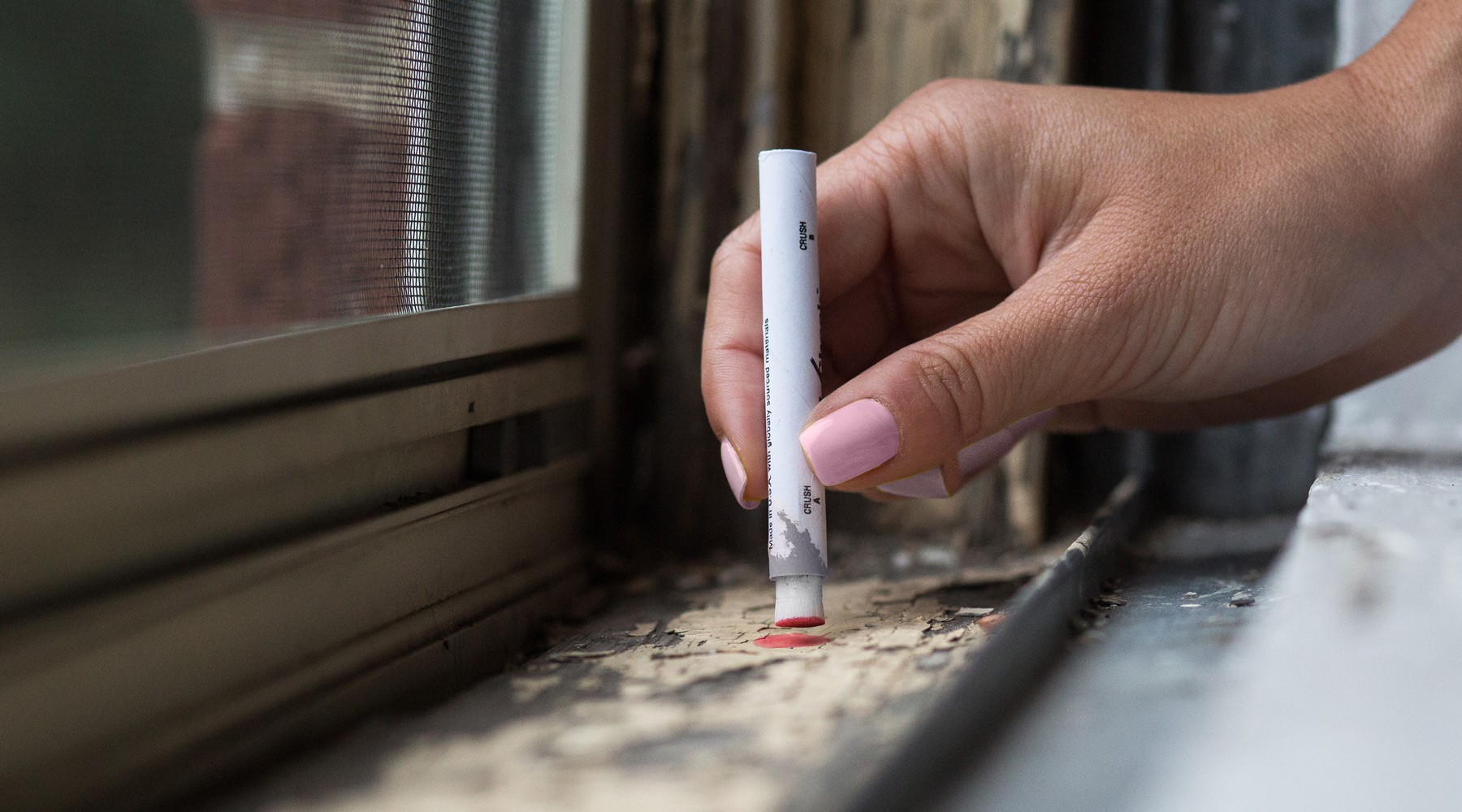If you're working with or managing buildings built before the 1990s, asbestos isn’t just a possibility — it’s a likelihood. Despite its ban or restriction in many countries, asbestos-containing materials (ACMs) are still common in older structures. The only way to know for sure is through professional asbestos testing.
In this blog, we’ll walk you through real-world scenarios where asbestos was found, what happened next, and how early testing helped save money, avoid delays, and protect lives.
🏢 Case Study: Office Renovation Uncovers Asbestos
📍 The Situation:
A property developer planned to renovate a three-story office building constructed in 1978. A pre-renovation inspection revealed aged vinyl flooring, acoustic ceiling tiles, and pipe lagging — all materials suspected to contain asbestos.
🧪 The Testing:
Our certified asbestos inspectors conducted a hazardous materials survey, including bulk sampling and air testing in areas of previous water damage. Lab analysis confirmed:
-
Chrysotile asbestos in the vinyl floor tiles
-
Amosite asbestos in pipe insulation
-
Trace levels of asbestos fibers in ceiling tile dust
🚨 The Outcome:
Because asbestos was detected before any demolition:
-
The client avoided costly contamination cleanup
-
The worksite was safely contained and air quality monitored
-
Licensed abatement contractors removed the ACMs before renovation began
-
The project remained on schedule and in compliance with local regulations
🔍 Lesson Learned: Asbestos Isn’t Always Obvious
Contrary to popular belief, not all asbestos is visible — and it doesn’t have to be crumbling to be dangerous. Many ACMs are hidden beneath flooring, behind walls, or mixed into materials like:
-
Cement board
-
Spray-on fireproofing
-
Popcorn ceiling coatings
-
HVAC duct adhesives
Only laboratory testing can determine if a material contains asbestos. Guesswork can be hazardous — and illegal.
⚠️ The Risks of Skipping Asbestos Testing
Whether you’re renovating a home, demolishing a commercial site, or managing public buildings, failing to test for asbestos can lead to:
-
Health risks to workers and occupants (asbestos-related diseases can be fatal)
-
Costly project delays if contamination is discovered mid-work
-
Legal penalties and regulatory violations
-
Loss of trust from clients, tenants, and stakeholders
🛠️ When to Schedule Asbestos Testing
-
Before any renovation or demolition (especially pre-1990s construction)
-
When buying or leasing an older commercial property
-
After fire, flood, or water damage
-
If you see damaged insulation, tiles, or ceilings
-
When required by local building authorities or environmental laws
In many jurisdictions, asbestos surveys are legally required before issuing permits for demolition or major construction.
✅ What Happens After Testing?
If asbestos is found, you’ll receive a detailed report outlining:
-
Material types and locations
-
Risk assessment based on condition and likelihood of disturbance
-
Recommendations (removal, encapsulation, or management in place)
From there, a licensed asbestos abatement contractor will carry out any necessary work, followed by clearance air testing to ensure the area is safe for re-occupancy.
🧾 Conclusion: Early Testing Prevents Big Problems
The earlier you identify asbestos, the easier and cheaper it is to manage. Whether you’re maintaining an older facility or preparing for a new project, asbestos testing should always be step one.
It's not just a box to check — it's a critical safety measure.
📞 Get Peace of Mind with Professional Asbestos Testing
We offer certified asbestos inspections, lab analysis, and compliance reporting for residential, commercial, and industrial properties. Protect your people, your property, and your project timeline.
👉 Contact us today to schedule an inspection or request a free quote.






